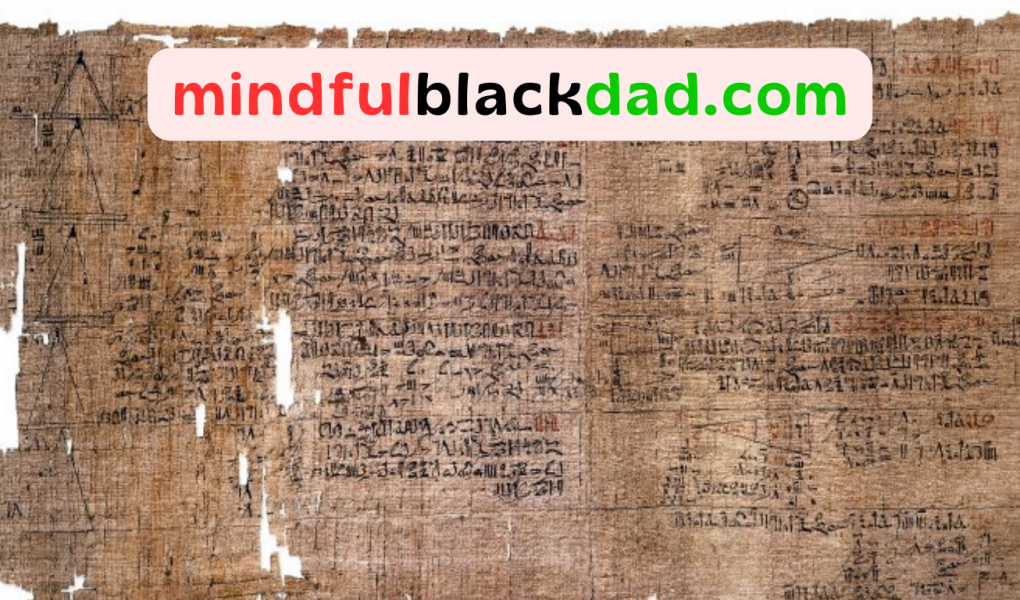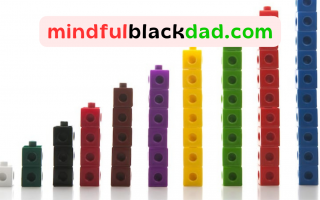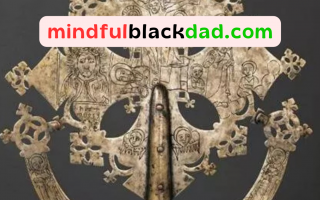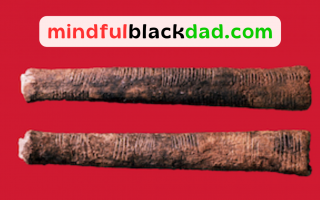Before Algebra Had a Name
When we think of algebra, many people picture European textbooks or Greek symbols. But long before that, in the land of Kemet — known today as Ancient Egypt — people were already solving algebraic problems. Over 3,800 years ago, scribes in Kemet were writing and working through equations that involved unknown quantities, a fundamental concept of algebra.
One of the clearest examples comes from a document known as the Rhind Mathematical Papyrus, dating to around 1650 BCE. This papyrus contains dozens of problems that today we’d recognise as early algebra. The scribes may not have used symbols like “x” or “=” as we do today, but they were clearly solving equations based on balance, reasoning and logic — the very heart of algebra.
The “aha” and the Eye of Horus
Kemetian algebra didn’t look like modern notation. Instead, scribes used terms like “aha”, meaning “quantity”, to represent unknown values. For example, one problem might say: A quantity and its seventh part together make 19. What is the quantity? This is essentially the equation x + x/7 = 19. The method used to solve it involved logical steps and proportional reasoning — not guesswork, but real mathematical structure.
Kemetian mathematicians also used fractions based on unit parts, often expressed through the symbol of the Eye of Horus, which itself was a system of breaking down wholes into known pieces. This detailed, precise system shows that abstract thinking and symbolic reasoning were already well-developed thousands of years ago on African soil.
Algebra Was Practical and Philosophical
In Kemet, mathematics wasn’t just for scholars — it was woven into daily life. Algebraic thinking was applied to architecture, agriculture, trade, and timekeeping. Temples and pyramids weren’t just physical achievements; they were mathematical masterpieces, requiring careful calculation of angles, volumes, and proportions.
This early form of algebra was both practical and philosophical. It reflected a worldview that valued order, balance and harmony — all of which are central to algebra. Solving for the unknown was not just about maths, but about restoring ma’at, the principle of balance and truth in Kemetic culture.
A Legacy for Black Children
Algebra has deep African roots. For Black children, learning this history connects them to a long-standing tradition of intelligence, abstraction, and problem-solving. It challenges the idea that maths is foreign or difficult, and instead reveals it as something their ancestors helped shape from the very beginning.
Knowing that the first recorded algebraic equations come from Kemet is more than a historical fact — it’s a source of pride. It reminds our children that their heritage includes some of the earliest minds to crack the code of the unknown, laying the foundation for the maths used across the globe today.
Learn More
The Algebra of Ancient Egypt:
https://www.math.buffalo.edu/mad/Ancient-Africa/mad_ancient_egypt_algebra.html





[…] people hear the word “algebra”, they often think of secondary school, x’s and y’s, and complicated equations. But in truth, […]